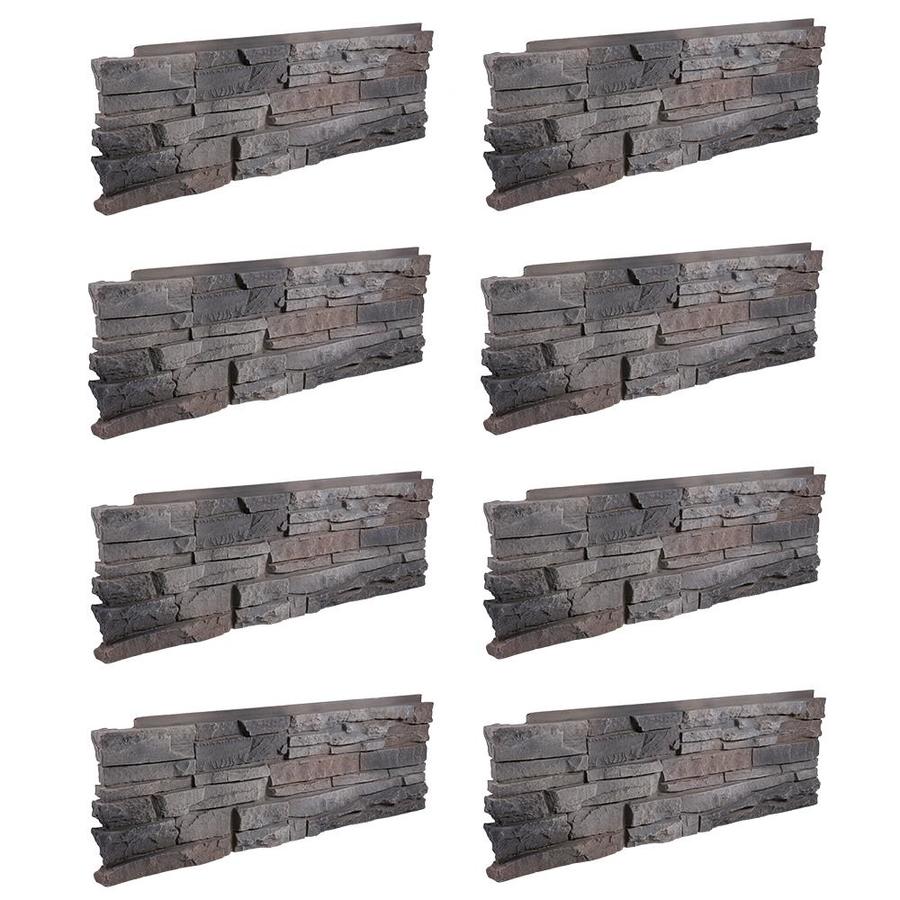
Dry Pack Concrete
Mortar is a mixture of dry cement, lime and masonry sand, but it is widely available in a premixed, bagged form that only requires the addition of water before using it to stack stone. If the stacked stone will be load-bearing, use mortar type S, which has a compressive strength of 1,800 pounds per square inch. Mortar type N, with a compressive strength of 750 pounds per square inch, is sufficient if the stone structure will not need to bear weight.
Mix the mortar in a large bucket, but work in small batches so it doesn't harden before you can use it all. The finished consistency should be somewhere between pancake batter and peanut butter - thin enough to spread easily but stiff enough to hold its shape.

Arranging the Stones. Stones should be roughly the same size and shape, but it's difficult to find natural stones that match perfectly so the largest stones should be placed at the base of the stacked stone structure.
Each stone you place must be centered over the joint between two stones in the previous course. Without staggered joints, the wall will easily fall even when mortar is applied between each course of stone. Before you begin laying stones, excavate the ground and add a base to prevent the ground from shifting underneath the structure.
To form the base, spread a 4-inch layer of compacted, crushed rock followed by a 1-inch layer of masonry sand. Mortar can be applied over the sand base layer before laying the first course of stone, but you might choose to lay the first course directly on the sand and start with mortar for the second course.
Scoop mortar from the bucket onto a mason's trowel and slap it on top of the stones. Spread the mortar to roughly 3/8-inch thick with the mason's trowel. Set the stone in the mortar and press down firmly so it's set in the mortar bed. You can also use the mortar to fill open spaces left as a result of uneven stone shapes and sizes.
Apply mortar on the sides of the stones before placing a stone beside the previous stone. Tap the sides of the stones to butt them tight together. Cleaning Up the Mortar. Mortar squishes out from between the stones when you lay the stacked stone wall. This doesn't compromise the wall strength, but it isn't an attractive look. The exposed mortar isn't moisture resistant, so it will eventually crumble off the wall, leaving a mess on the ground beside the stone wall.

If you prefer a neater look, you can scrape off the excess mortar with a trowel to create mortar joints that are flush with the stone. You can even achieve a flush mortar joint with a towel covering your finger. If you prefer a grooved mortar joint, commonly found with bricks, you can use a grapevine tool to scrape along the joints. It has a protruding bead that scrapes away the excess mortar and creates a groove along the joint.